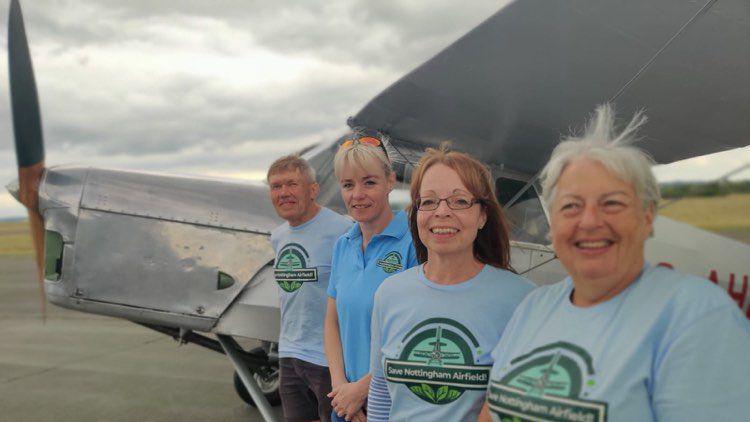The airfield loved by a prince and private pilots
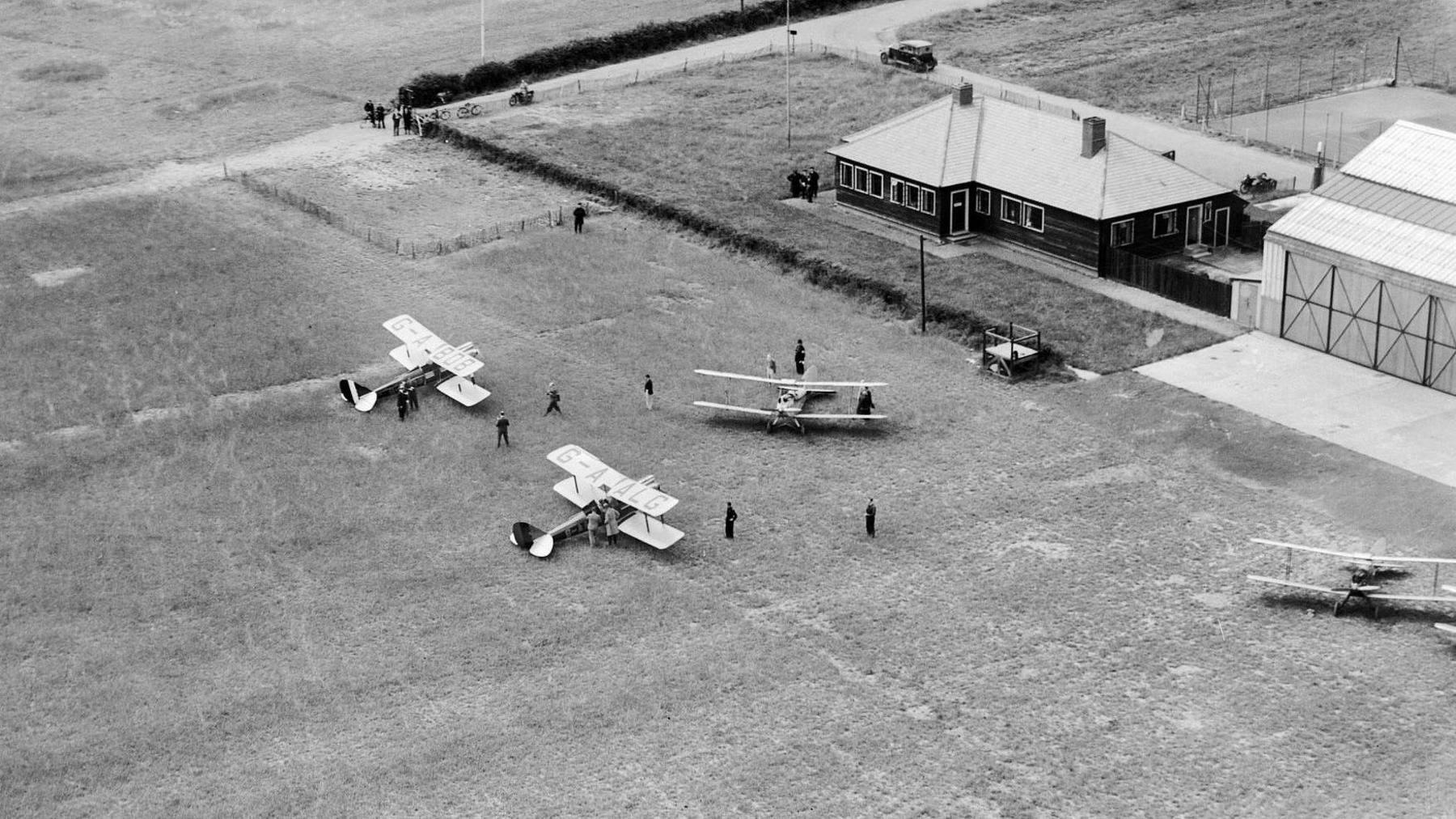
Most aerodromes started as simple grass fields and Tollerton was no exception
- Published
From the thunder of wartime bombers to the rumoured assignations of a Prince of Wales, a soon-to-be shut airfield in Nottinghamshire has seen nearly 100 years of aviation history.
Tollerton Aerodrome opened in July 1929, at a time when biplanes were still the norm and powered flight itself was little more than 25 years old.
After wartime service, it hosted air pageants which saw appearances by the Red Arrows and Concorde and attracted crowds of thousands.
But it has now been sold off, despite protests from some nearby residents, with the land earmarked for hundreds of homes.
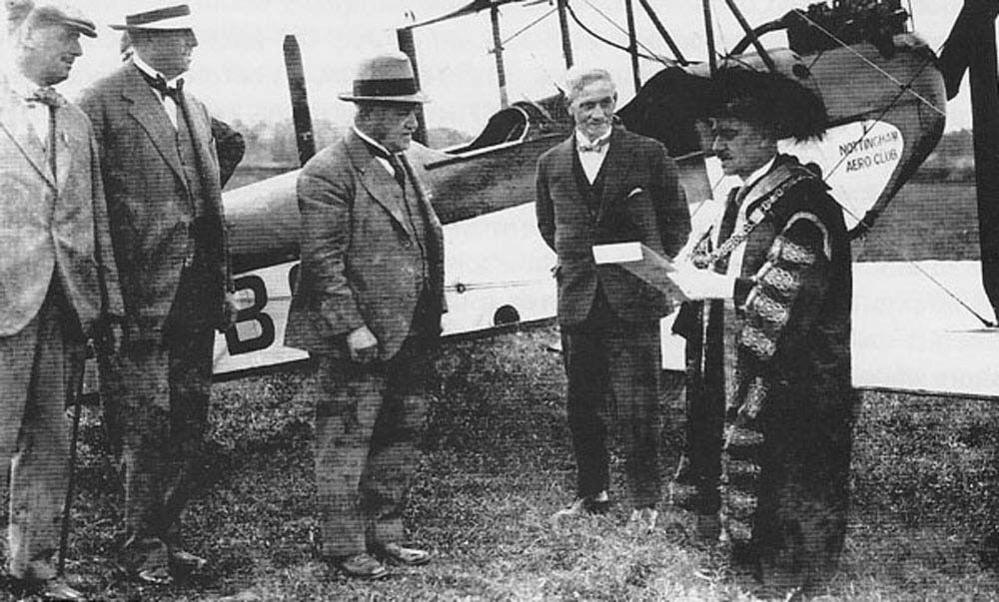
Alderman Albert Ball (centre) sold the land to the city authorities when aerodromes were becoming popular
The land was once part of the Tollerton estate, which dated back to medieval times, but was bought by Albert Ball - the father of the World War One ace of the same name - in 1928.
He quickly sold it - in a move which would raise eyebrows today - to the city council, of which he was part.
It started taking aircraft from 1929 but was not officially opened until 1930.
Local historian Howard Fisher, who co-wrote a book on the airfield, said: "The Air Ministry was fairly keen the major cities should be linked by air.
"Nottingham Corporation decided it would be part of this and it became only the second municipal aerodrome in the UK to receive an operating licence.
"But it seemed they weren't interested in investing in it."
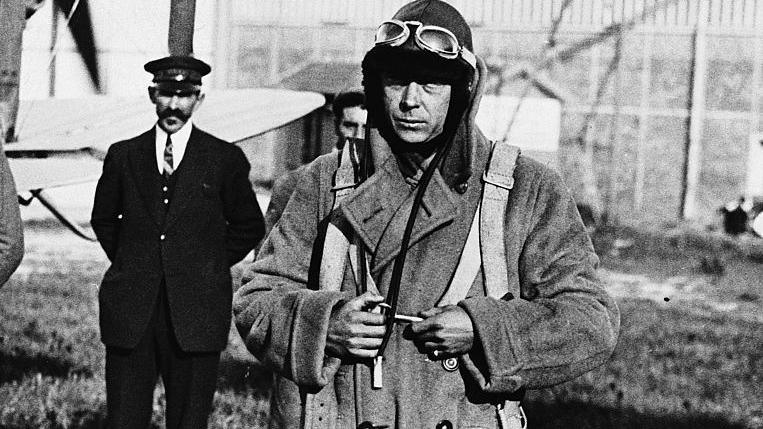
Edward, while Prince of Wales, was rumoured to fly to Tollerton to meet lady friends
Initially the site could boast facilities no more sophisticated than a grass landing strip and two tents.
This did not prevent Muriel Robinson becoming the first woman to gain a pilot's licence in the county at the age of 27 in November 1929 after a mere eight hours instruction.
But during the 1930s it acquired a clubhouse, hangar and badminton court.
Tongues were set wagging by visits by the rakish future King Edward VIII, flying a deliciously named Puss Moth.
He owned a secluded farm nearby and was rumoured to arrange meetings with numerous ladies there.
Mr Fisher said: "It is suggested he flew one aircraft and his equerry came along in a second."
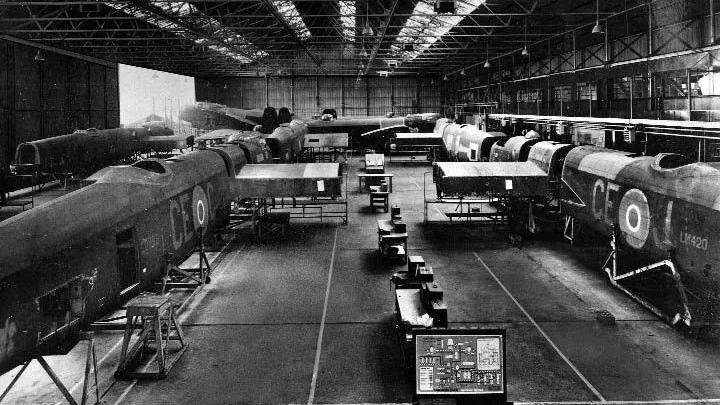
Hundreds of aircraft, including Lancaster bombers, were serviced in hangars at Tollerton
With the outbreak of war in 1939 civilian flying was banned and Tollerton became home to the (Polish) Service Flying Training School as well as being used as a major maintenance depot.
Rollaston Aircraft Services repaired, modified, maintained and assembled an estimated 1,700 aircraft including the mighty four-engined Lancaster bomber.
At its peak the airfield was home to about 700 personnel.
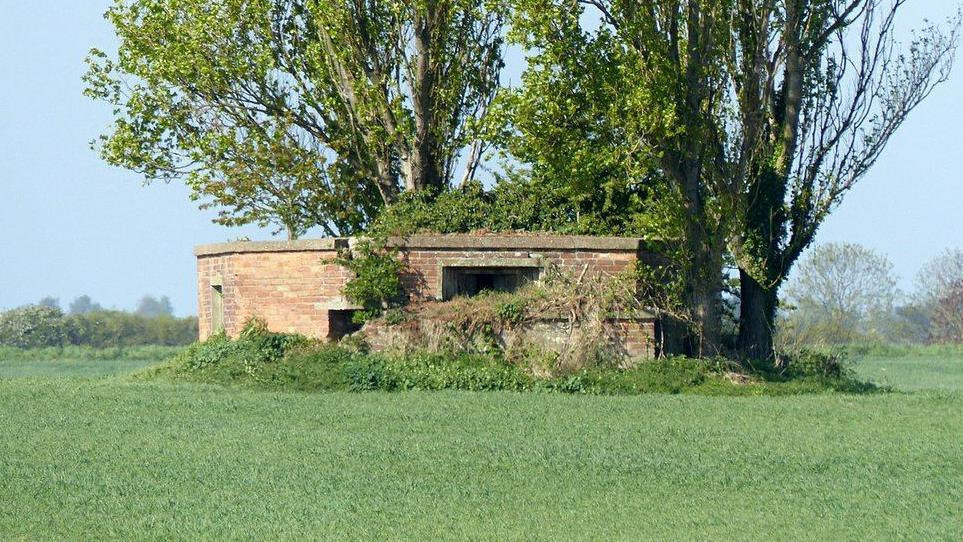
The airfield was guarded by 19 pillboxes, of which 18 remain as listed monuments
Despite the addition of three concrete runways in 1941 it was never large enough to take fully loaded bombers on combat missions.
However its use for training saw it witness a tragedy.
Mr Fisher said: "In 1941 a Wellington from Tollerton crashed while trying to land, killing all seven on board.
"A memorial plaque to the crew is attached to one of the pillboxes which still ring the site."
Remarkably 18 of the original 19 of these squat brick structures designed to house machine guns have survived and are Grade II listed - though they are spread out enough to be unaffected by the development of the airport.

Many of the aerodrome larger buildings, including wartime hangars, have been demolished
After the war, RAF training and maintenance continued but the civilian presence increased.
Mr Fisher said: "One firm specialised in converting military aircraft - mainly Dakotas - to civilian use.
"Another broke up aircraft and at one stage there were Lancasters parked nose-to-tail around the airfield just waiting to be turned into scrap."
The airfield struggled to accommodate larger aircraft and a number of companies unsuccessfully offered air taxi services.
It found its purpose with private flying, as cheaper, more reliable small aircraft became available.
The Sherwood Flying Club started in 1956 and Truman Aviation Limited took over the lease in 1963.
Plans for both housing and a major leisure complex were floated but neither came to pass.
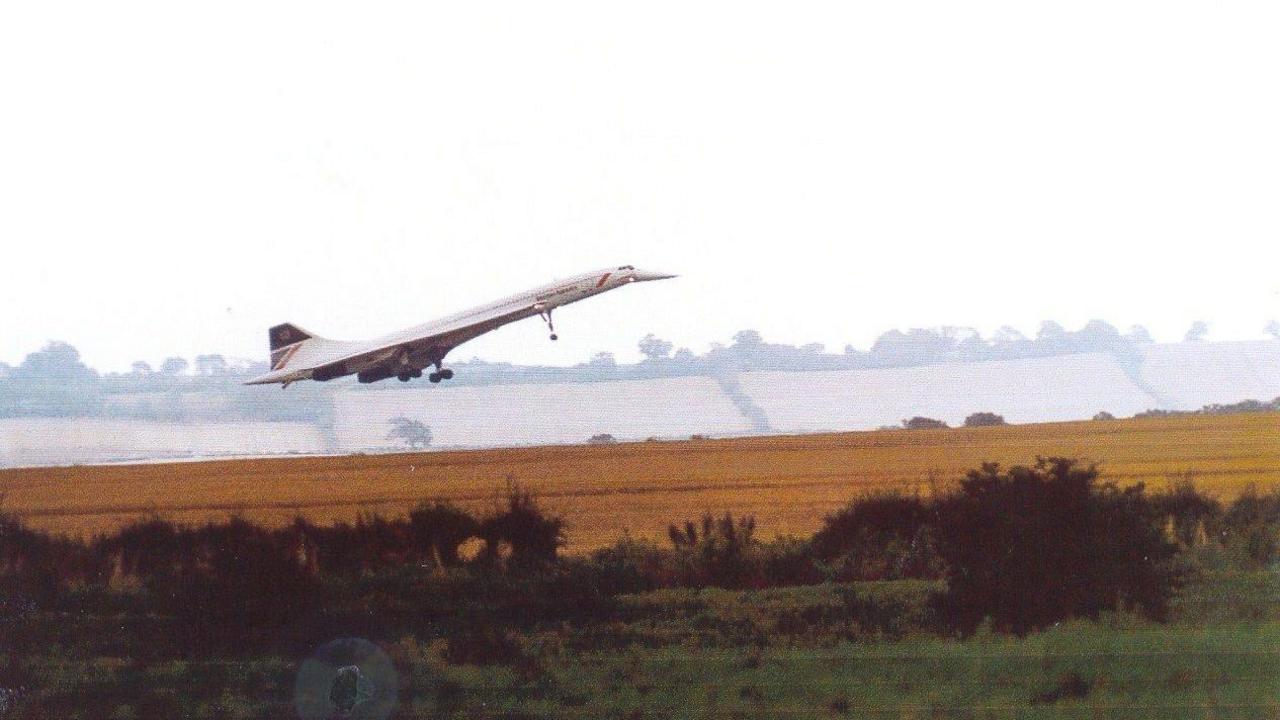
Concorde was the star attraction when it appeared at a Tollerton air pageant in 1985
Regular summer air pageants ran from 1967.
These saw the first helicopter race ever to take place in the UK, an appearance by the Red Arrows, and Concorde flew over in 1985.
The 1990 pageant marked the airfield's 60th anniversary but this and a subsequent show made losses and were discontinued.
Mr Fisher said: "Thousands of people came to see these shows, they were big events, but not everyone bought a ticket - a lot of people parked up and watched from surrounding roads."
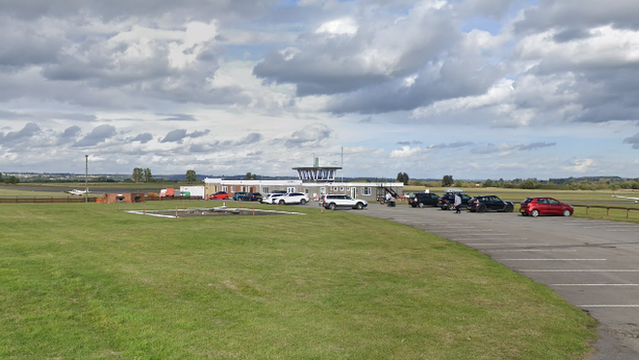
Tollerton is the home of a number of businesses including a popular cafe and landing site for the air ambulance
Its wider community role saw it host the Air Training Corps and a landing spot for the air ambulance plus a cafe and a restaurant in the clubhouse.
During these years, many of the major buildings on site were demolished and in 2006, the city council sold the site to private investors.
In 2024 plans for an initial 400 homes on the site were submitted but faced local opposition, focused on the loss of jobs from businesses and biodiversity from surrounding meadows.
Last week Rushcliffe Borough Council (RBC) said the land in and around the airport was part of the Greater Nottingham Strategic Plan (GNSP) which is out for public consultation, external.
It confirmed two relevant planning applications had been submitted - but these would not be determined until a supplementary planning document for the allocation, which is a masterplan for the site, is in place.
A spokesperson added: "The decision to close Tollerton airport is a private matter with the landowner, which is outside of the control and remit of Rushcliffe Borough Council.
"However, we understand the impact this has had on the businesses affected and can offer support to them through our economic growth team."
Get in touch
Tell us which stories we should cover in Nottingham
Follow BBC Nottingham on Facebook, external, on X, external, or on Instagram, external. Send your story ideas to eastmidsnews@bbc.co.uk, external or via WhatsApp, external on 0808 100 2210.
Related topics
- Published5 March
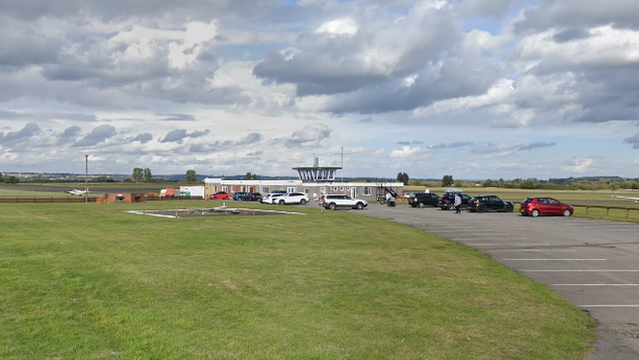
- Published7 August 2024
